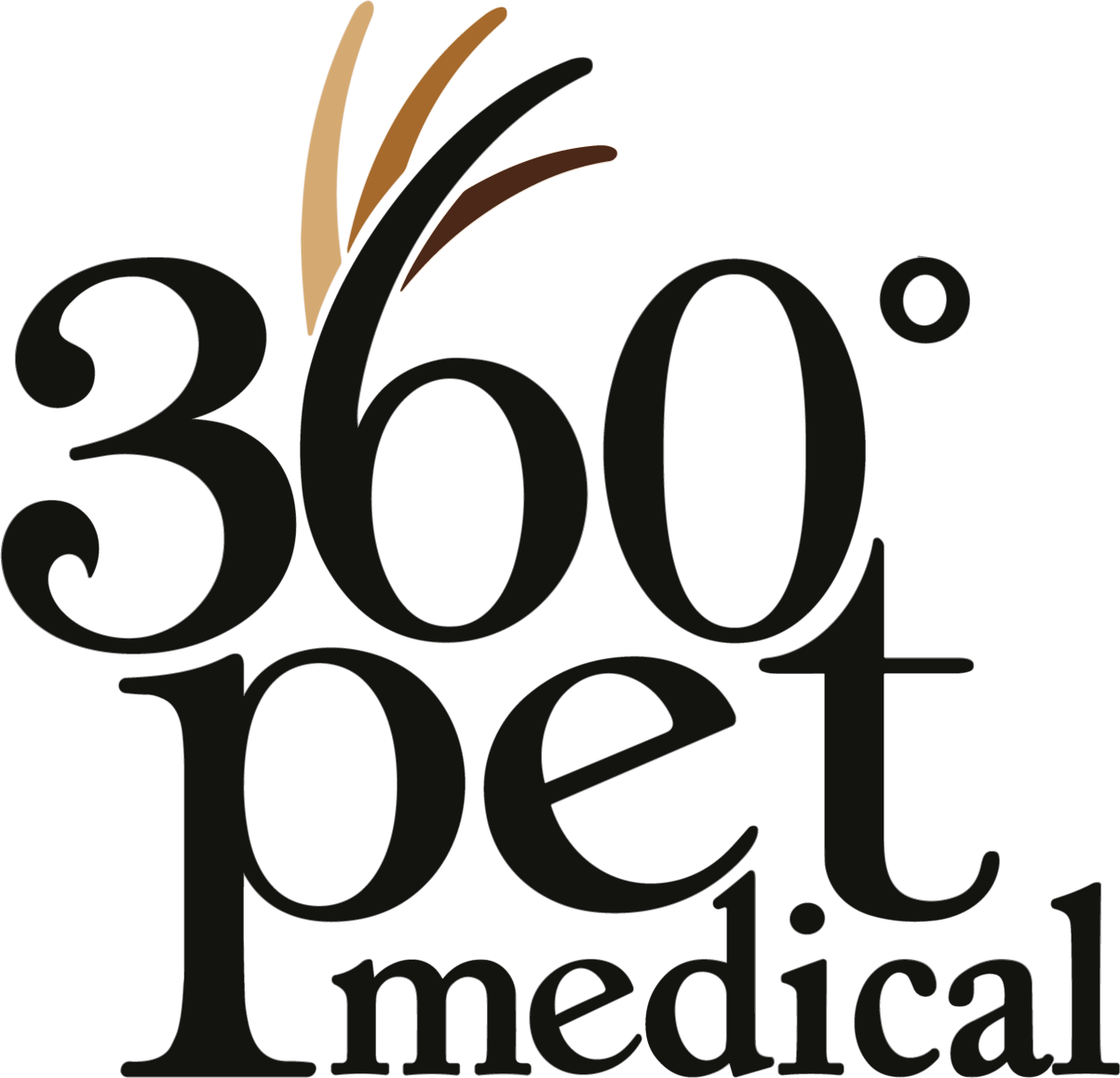Pet Rehabilitation & Pain Management in Bozeman, MT
When to Consider Rehabilitation
Pets recovering from injury, surgery, or chronic pain deserve the best in modern rehabilitative care. At 360 Pet Medical, we provide advanced pet rehabilitation and pain management services to help dogs and cats regain mobility, reduce discomfort, and live happier, more active lives.
Pet rehabilitation can help improve comfort, coordination, and quality of life for pets facing conditions such as:
- Orthopedic injuries or post-surgical recovery (e.g., ACL repair)
- Neurological disorders or weakness
- Chronic pain, arthritis, or hip dysplasia
- Sports, agility, or activity-related injuries
Through improved strength, flexibility, and endurance, rehabilitation supports faster healing and helps prevent future injuries.
Comprehensive Rehabilitation Services
Every pet’s needs are unique. Our rehabilitation team develops individualized treatment plans to meet each patient’s specific goals and recovery timeline. Services include:
Acupuncture
Cold Laser Therapy
Stimulates cellular repair, accelerates tissue healing, and eases arthritis and joint pain — completely noninvasively.
Underwater Treadmill Therapy
Builds strength, balance, and endurance with reduced impact on joints, ideal for post-surgical or arthritic pets.
Individualized Home Exercise
Tailored exercise routines that extend the benefits of in-clinic therapy and support ongoing improvement between visits.
Chiropractic Care
(Provided on a limited basis by a visiting DVM)
At 360 Pet Medical, we are proud to offer veterinary chiropractic care on a limited basis through Dr. Parrott, a highly trained DVM who utilizes our facility twice per month. Chiropractic therapy can help pets with spinal misalignments, stiffness, or reduced mobility.
Benefits of Chiropractic Therapy for Pets
Gentle, targeted spinal adjustments can:
Integrated Pain Management
Because chiropractic care is not offered daily, our team often recommends it as part of a larger rehabilitation plan, combined with therapies such as laser, acupuncture, or treadmill work. This collaborative approach provides well-rounded pain relief and improved function for your pet.
Expertise You Can Trust
Our veterinarians are experienced in advanced pain management and rehabilitation techniques and collaborate with local specialists to ensure comprehensive care. Whether your pet requires post-operative therapy or chronic pain management, we offer progressive and compassionate treatment tailored to their individual needs.
Help Your Pet Move Comfortably Again
Give your pet the gift of comfort and mobility.
Call (406) 551-2360 or request an appointment online to schedule a rehabilitation consultation at 360 Pet Medical in Bozeman, MT.
Veterinary Services in Bozeman, MT
End-of-Life Care
